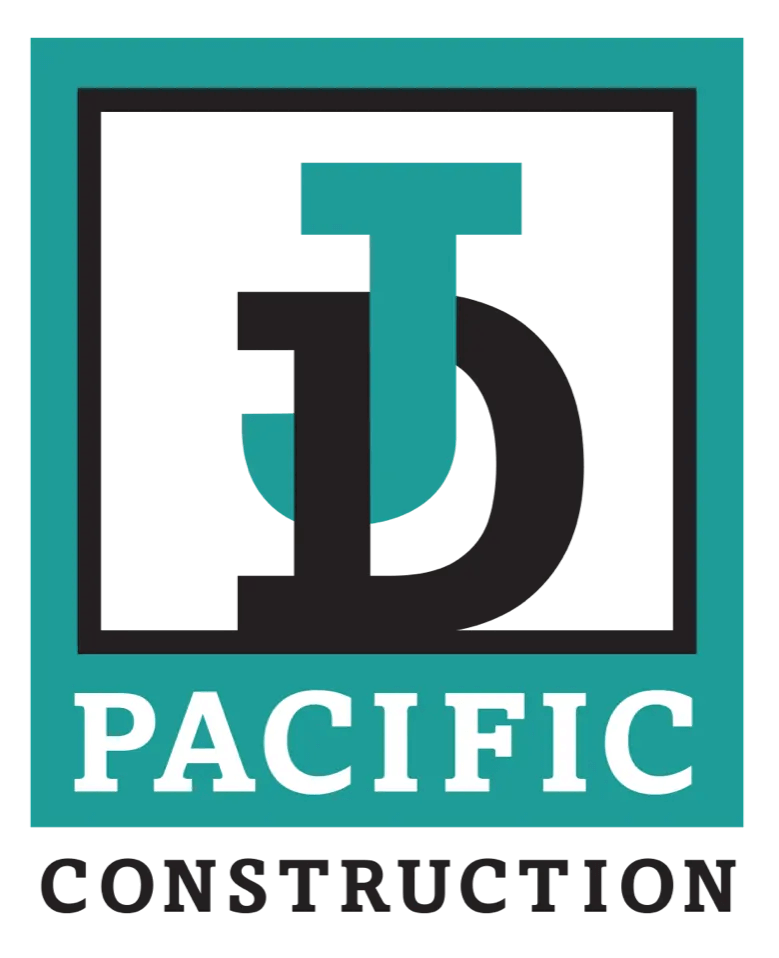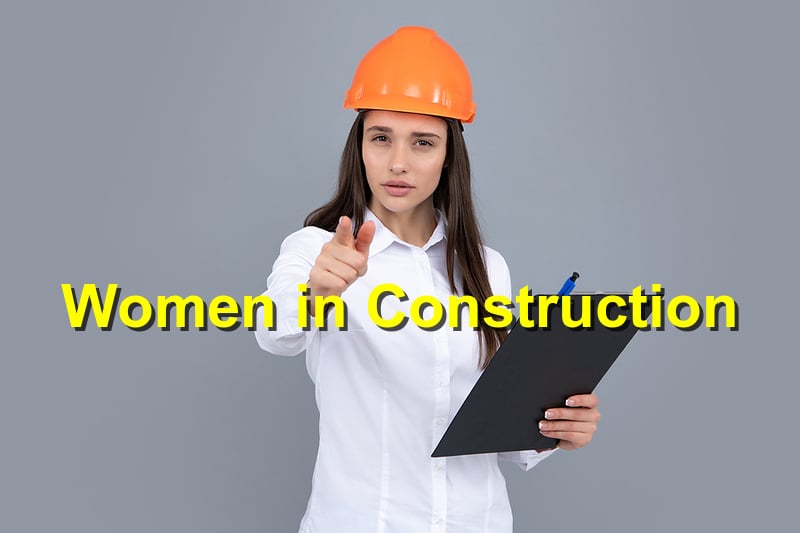The construction industry takes the crown as one of the most dangerous industries to work in with high workplace fatality cases. This has led to the isolation of the industry to be dominated by men for many centuries and to a large extent locking out many women. International Women’s Day (IWD) is celebrated every year and is the focal point in the movement for the rights and acknowledgment of the social, economic, cultural, and political achievements of women. This day not only celebrated the achievements women have made in various fields but also encourage more girls to take the challenge and develop in the traditionally masculine fields, construction being one of them. in this piece, we offer all you need to know about women’s day and construction.
Women in Construction Statistics
Despite the developments the industry has made over the recent decades, there still exists a huge gender gap in the construction industry. Women account for about 10.9% of all construction workers. Several factors explain this enormous gender gap, including unconscious gender bias, a lack of adequate training, and negative perceptions of women working in construction. Despite these barriers, women continue to build their path in the industry.
What Can Women Do in Construction?
Women can do anything they so wish in the construction industry given the opportunity to do so. Positions like manual trades, engineers, quantitative surveyors, and haulage are all open for women to develop their careers. The current numbers represent severe gender representation gaps and a lot more has to be done to encourage women to enter the industry to make it a more diverse and inclusive profession as a whole.
Resources for Women in Construction
To reduce the gap, women need to develop the connections and resources that will link them to better opportunities. This will include networking opportunities, role models, books and blogs, and sponsors to steer the development of women’s quest into the construction industry. In addition, organizations provide a good breeding ground for future women in construction. Nationally recognized groups like the National Association of Women in Construction provide mentorship, marketing, and networking opportunities to help women develop their construction careers.
Conclusion
The construction industry has a long way to go as much as gender equality is concerned. The bias and discrimination women face in the industry are some of the barriers that women face. Right mentorship and access to equal opportunities are enough to change this.
References: GoConstruct, WomenInConstructionSummit, BlogCapterra




